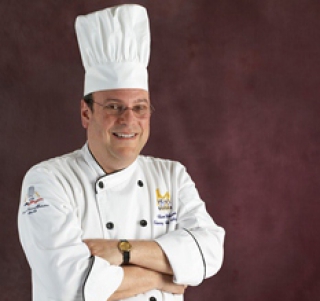
Guest Speaker: Teaching Students Quick Service to Develop Core Business Skills
Wednesday, 27 April 2016 13:06Kendall College’s Chef Christopher Quirk describes the real-world lessons obtained in the college’s lunch QSR. Students get a feel for the harried pace and how teamwork, leadership and speed are all part of the successful business plan.




